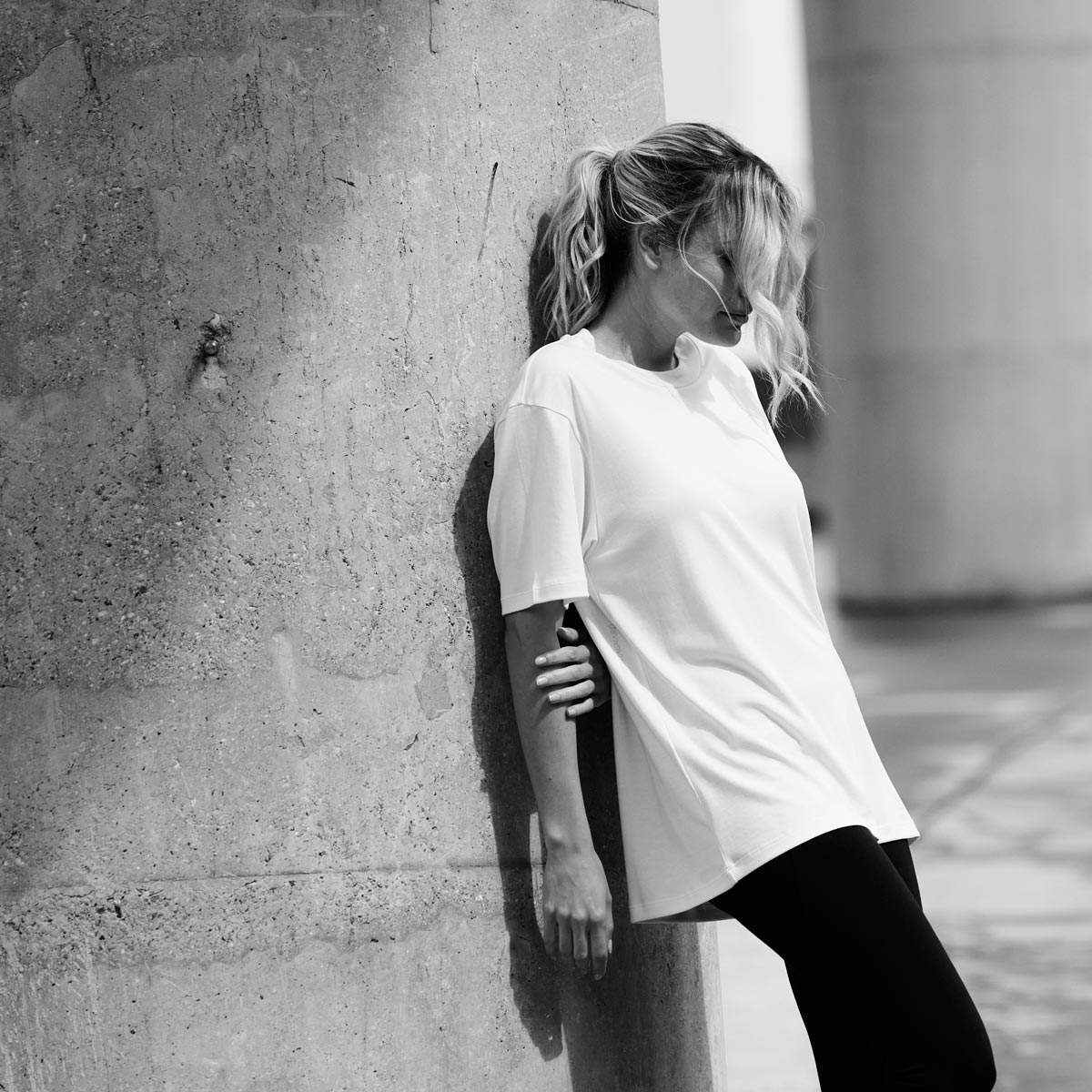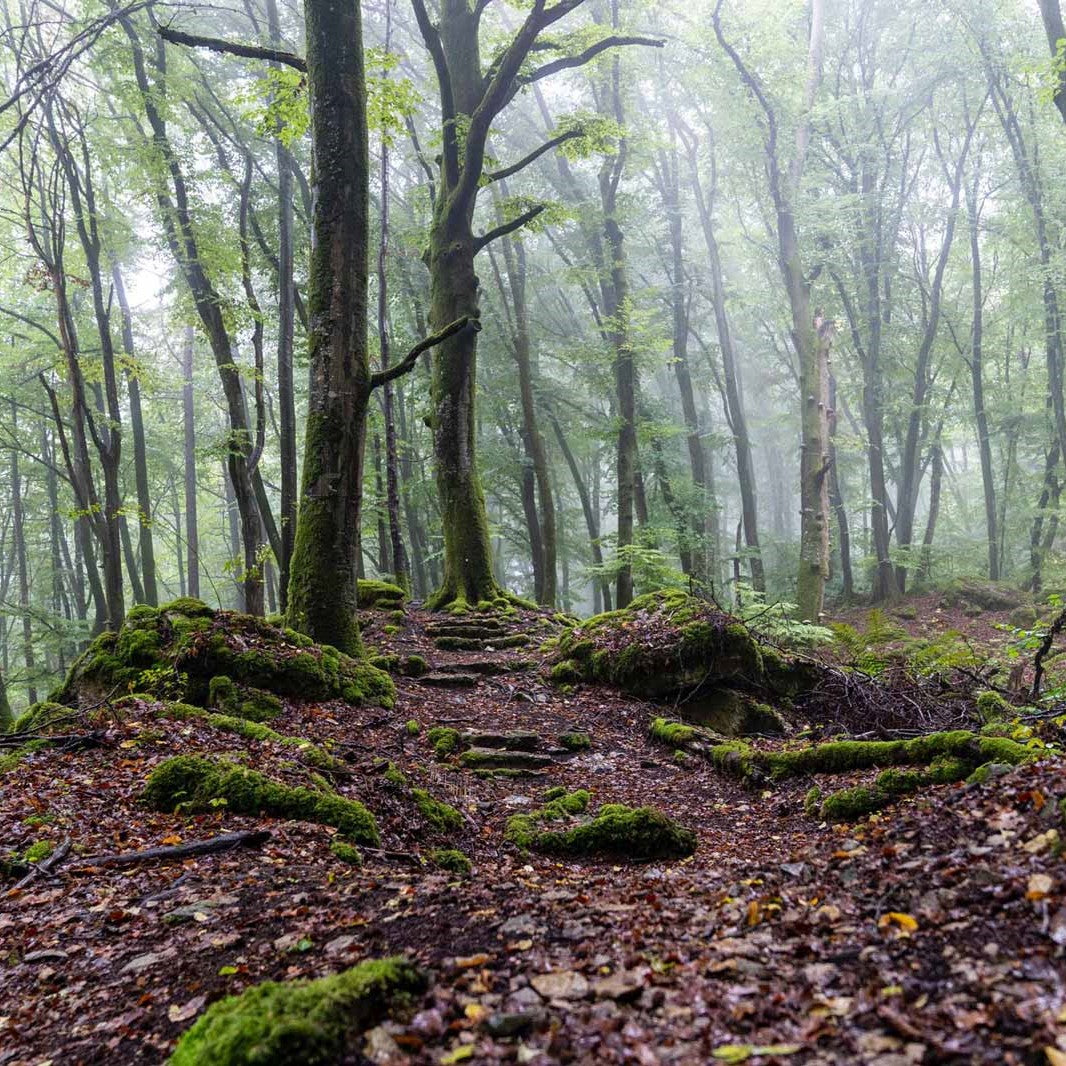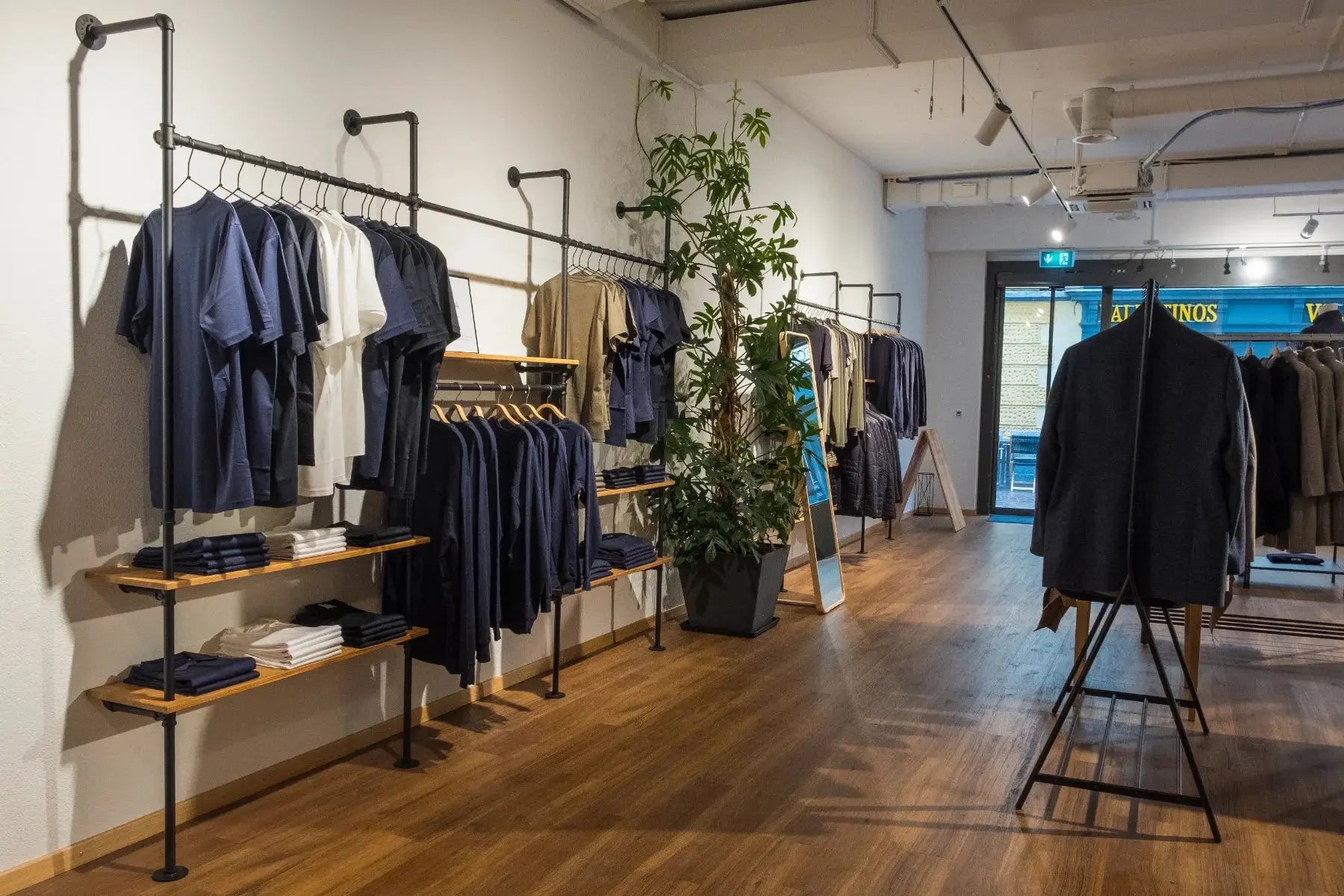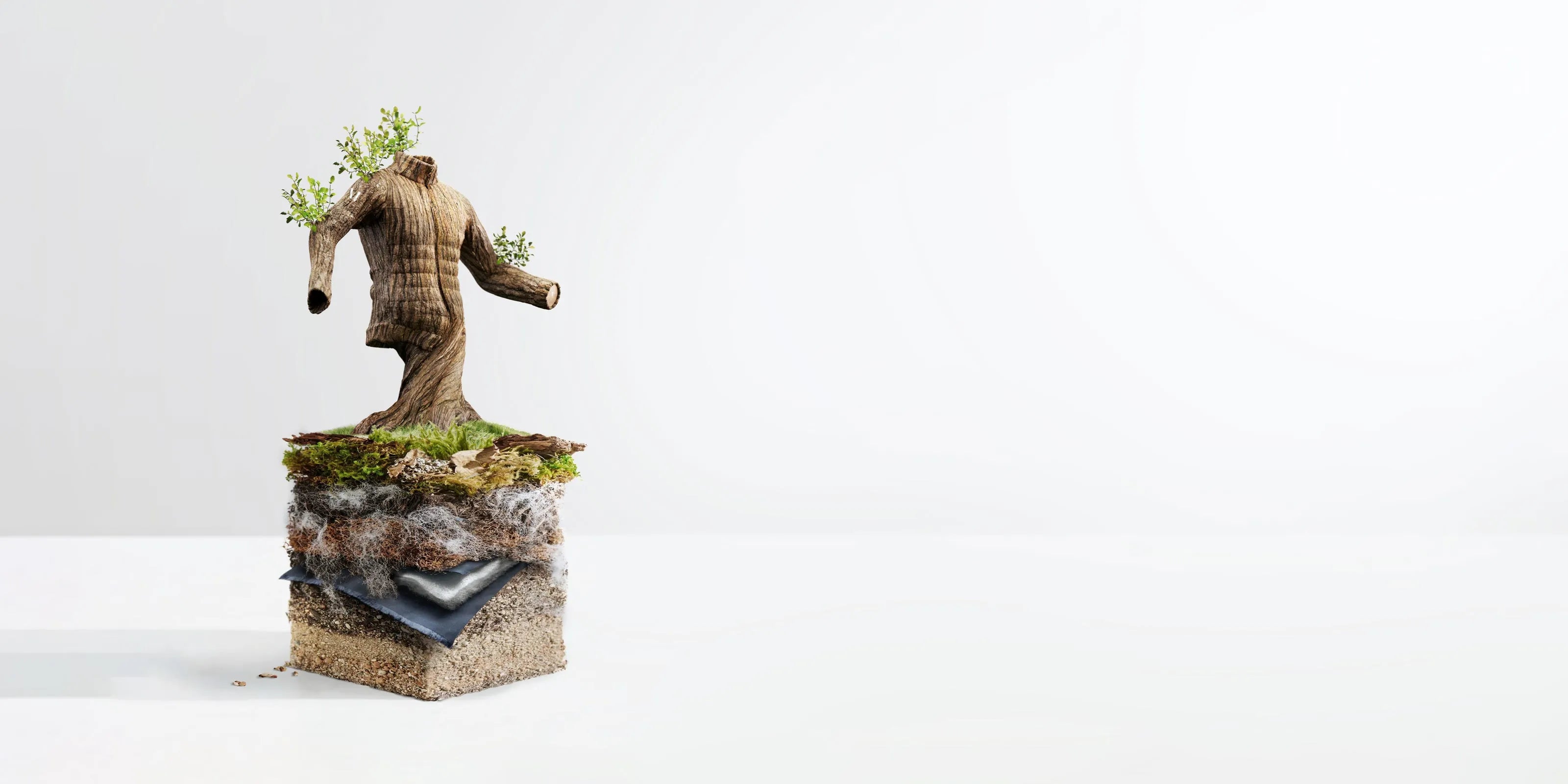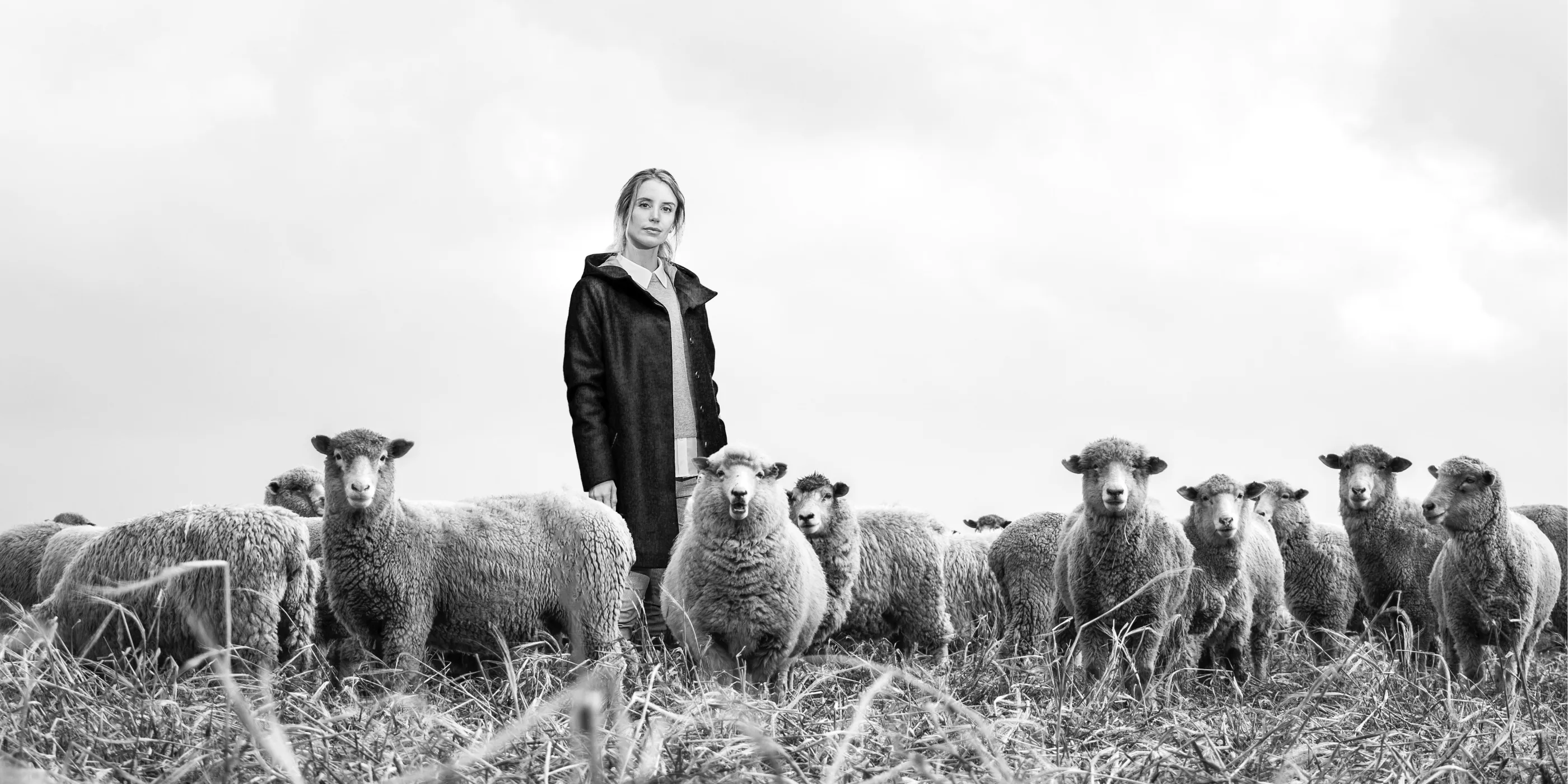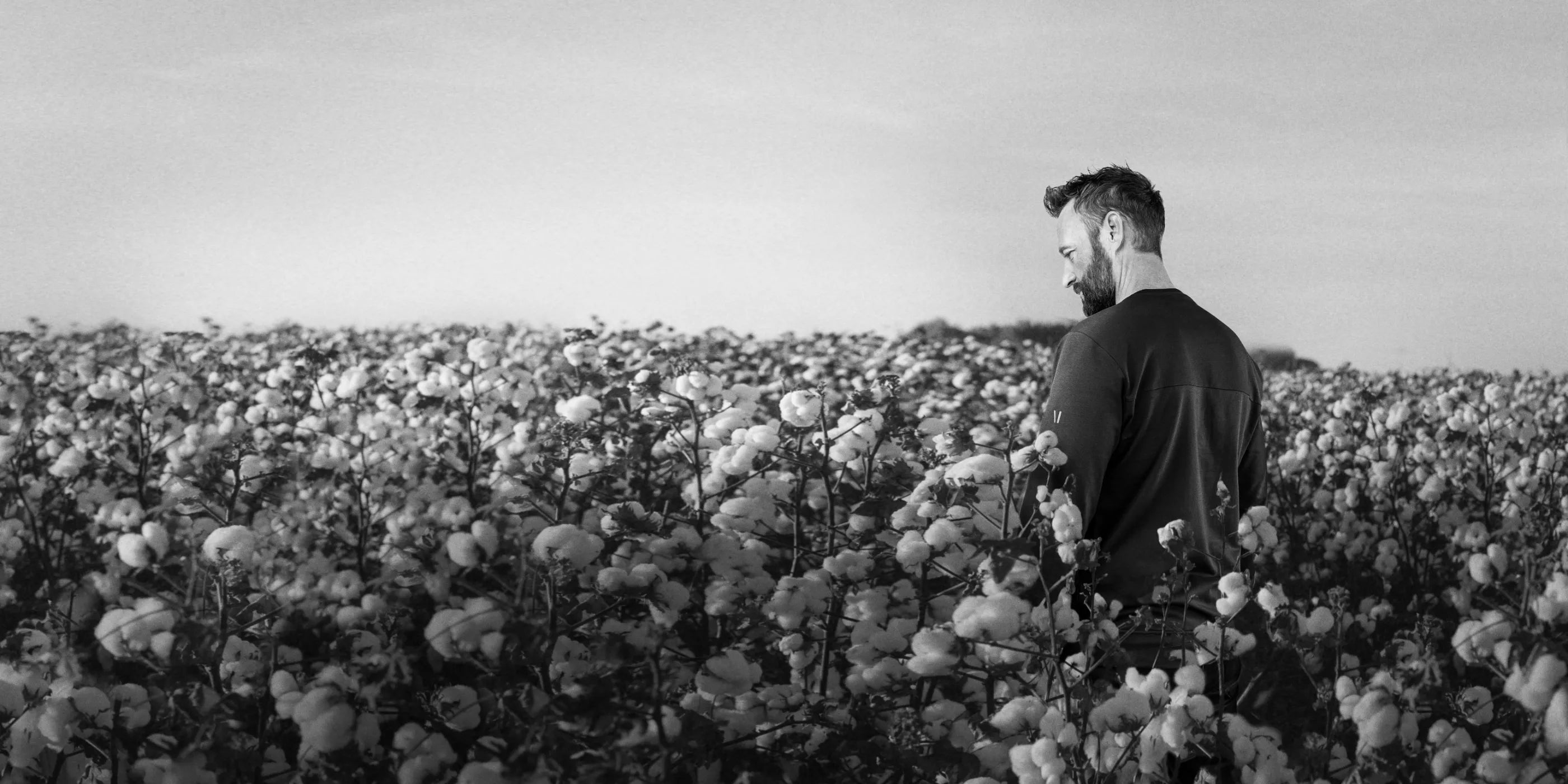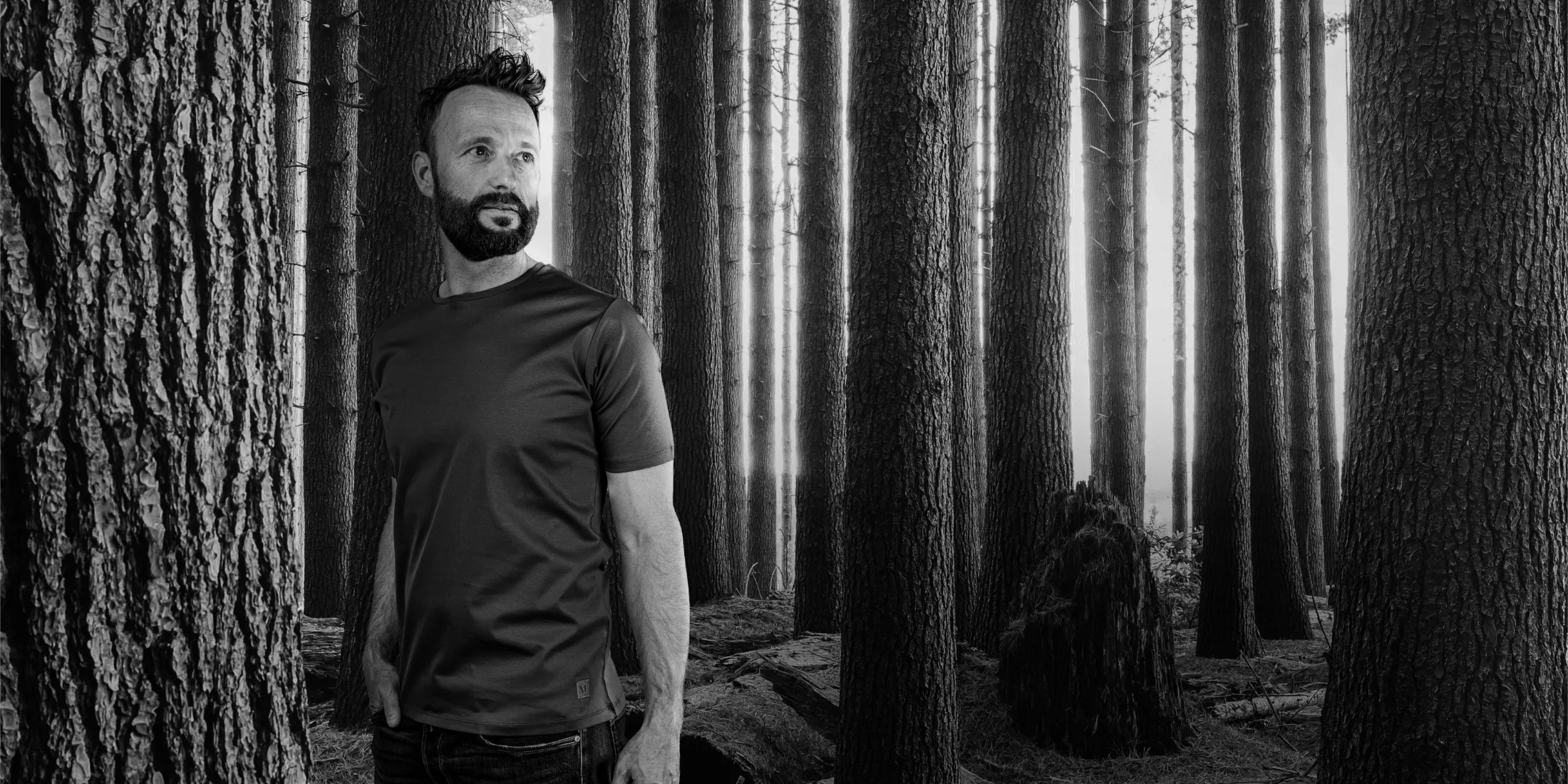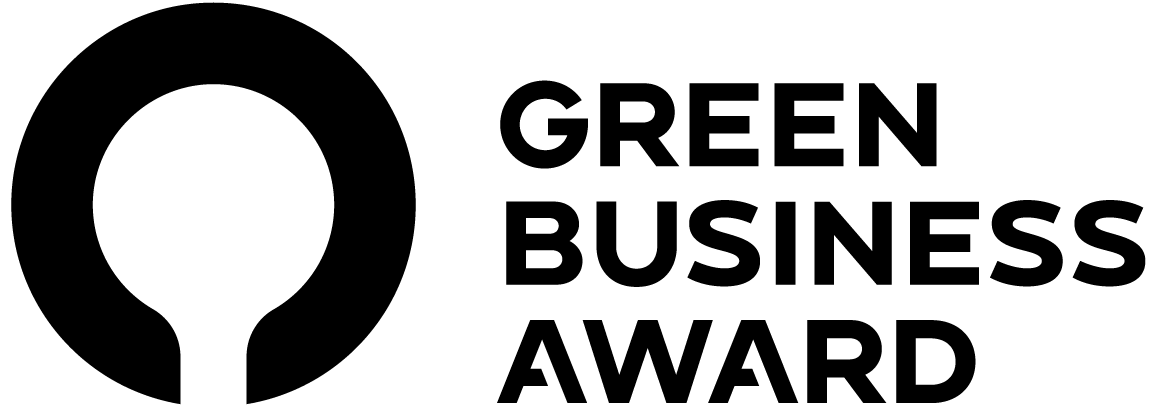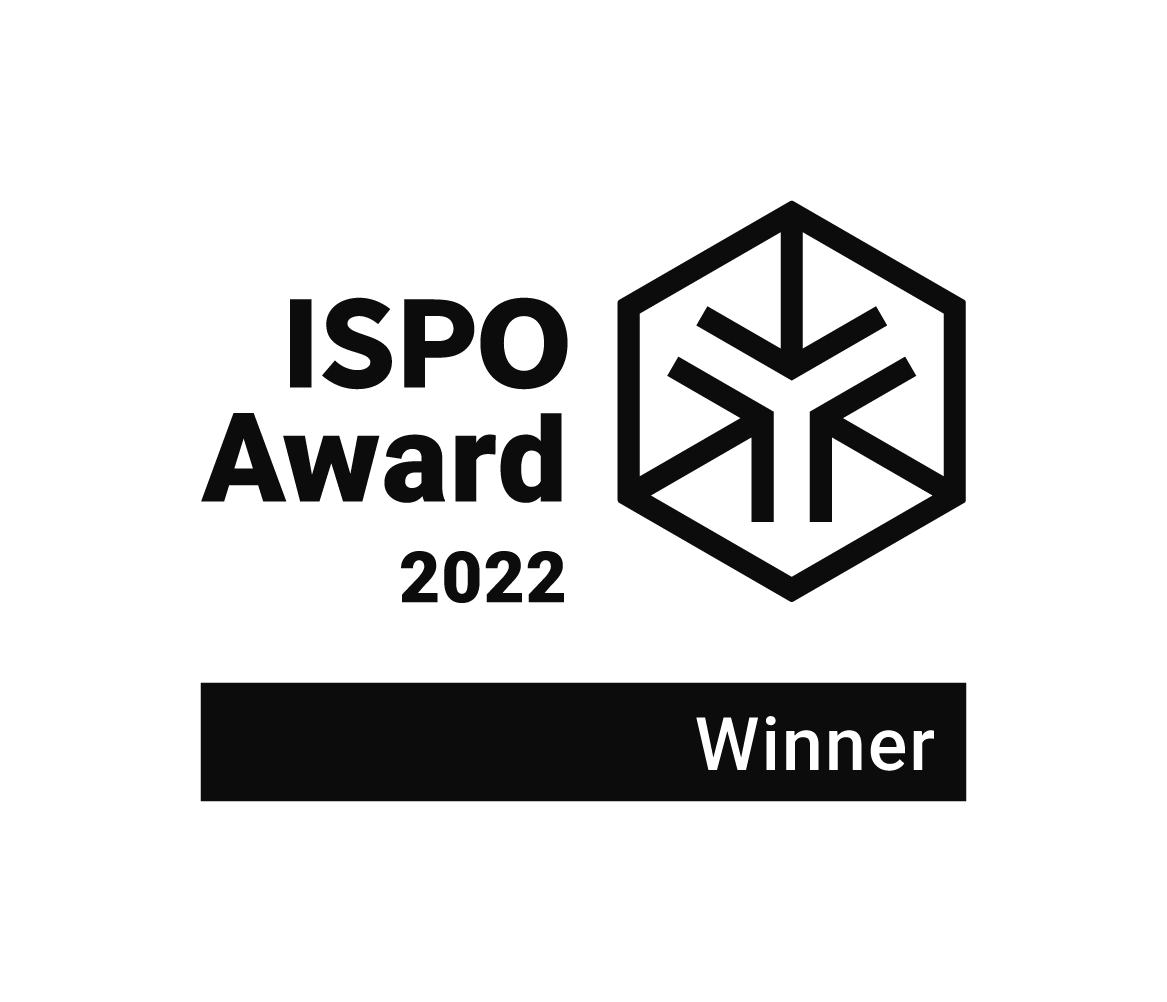Our approach
We think and act in the spirit of the circular economy. The entire product – from design to recycling – is rethought and designed for the circular economy.
In order to create the highest quality products with minimal impact, we follow 4 principles.

material
Reduce impact
In all our developments, we rely on renewable, recycled and/or biodegradable raw materials. We develop our own fabrics, for example from Swiss wool, and work with recycled animal and plant materials or set new standards with fibers from regenerative agriculture. If nature-based materials are not yet available for certain purposes, we use improved biodegradable and new functional fibers.
Learn more
quality
Extend lifespan
Our products are characterized by timeless designs and the highest quality workmanship. We only use the best and most comfortable materials to ensure that our clothing meets the highest quality standards. We work with the best and most innovative partners to develop sustainable and groundbreaking solutions. We also offer an exclusive repair service to extend the life of our products.
Learn more
Circularity
Closing the circle
Every single garment is designed and developed according to the strictest circular economy criteria. We only use circular materials that are either biodegradable or recyclable to ensure that our products can be recycled in an environmentally friendly way at the end of their life cycle. We also offer a take-back program for used products and are working hard on scalable recycling solutions.
Learn more
transparency
Don't hide anything
Together with our production partners, we operate a comprehensive traceability system that always provides the most up-to-date data on our products. We work exclusively in Europe and offer detailed product passports for each product in order to be able to transparently trace every step of the supply chain. This means we offer insight into all the necessary information about a product, the materials used and the people who were involved in its production.
Learn more
CONSCIOUSLY ROTATE IN A CIRCLE

CONFIDENTLY RETHINK
"Circular economy means far more than reducing waste and more recycling. It describes a new approach to the design and development of products and in general a new way of thinking about our economic activity."
Dario P., co-founder Munagnard
Recycling is one of the biggest challenges in textiles. Currently, only 1% of all clothes are recycled for new clothing. 1%!!

THINKING BEYOND
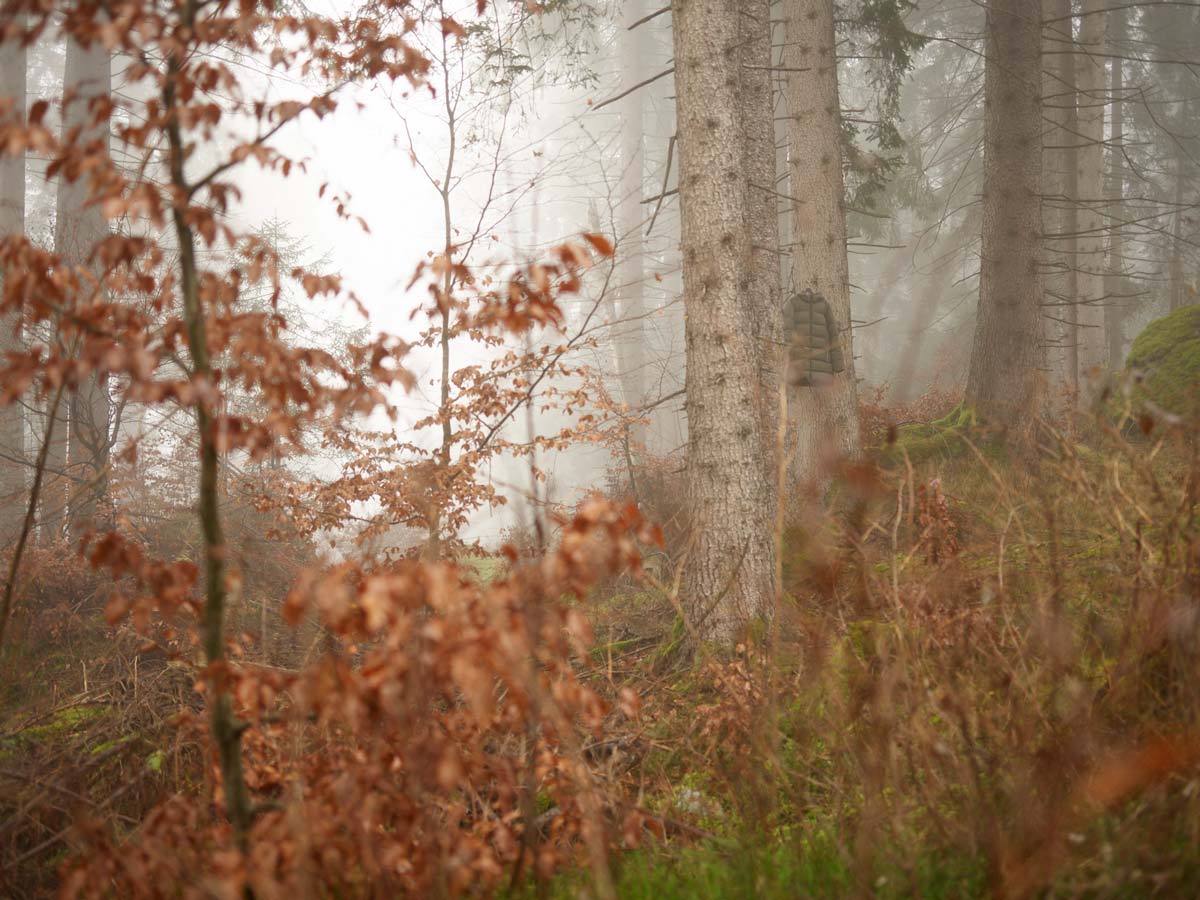
ACT WITH NATURE



